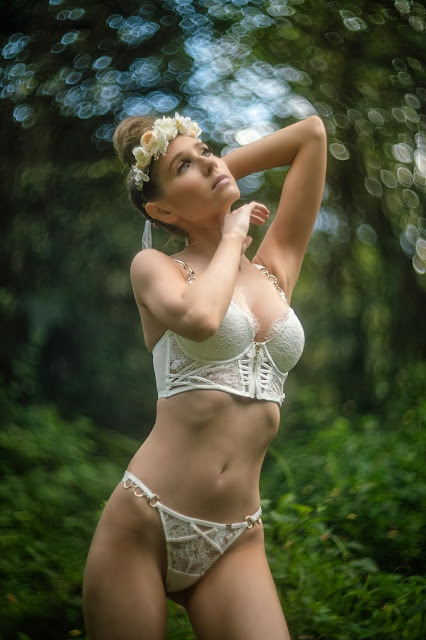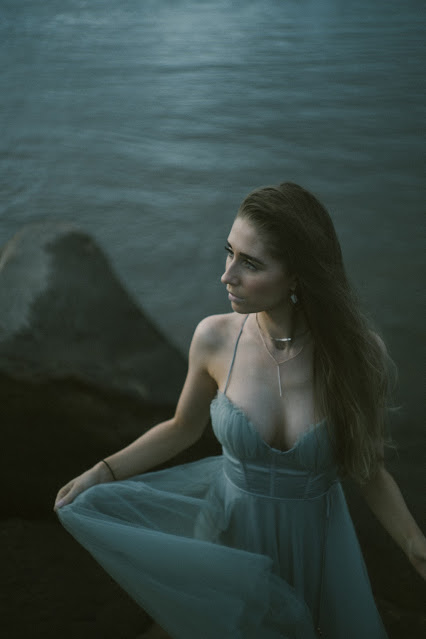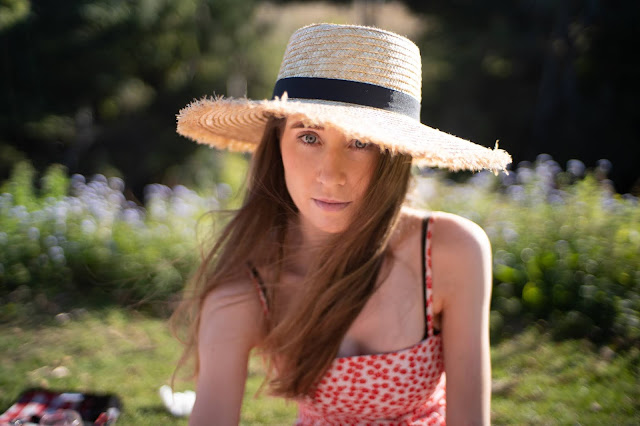Review of the 1950's Helios-40 85mm F1.5 (Гелиос-40)
The copy reviewed here is a double-zero serial. This is rumored to signify one of the preproduction models distributed to high-ranking communist party members prior to the official start of lens production in 1957. The lens is effectively a clone of Zeiss Biotar 75mm f1.5 using soviet materials. Some copies around this time incorporated glass taken from post-war Zeiss factories as war reparations.
1. Bokeh
2. Aberrations
3. Flares
4. Handling
5. Overall
1. Bokeh
The trick to produce the famous Helios-40 bokeh is 3/4 length portraits against a high-contrast stippled background. The classic approach is illustrated below, with heavy backlighting shining through foliage.
 | |
|
Without pronounced specular highlights or backlit foliage, bokeh is busy but not overly distracting, producing a genuine vintage feel.
 |
| Natural settings with strong backlighting make the Helios-40 sing. |
 |
| The lens' low contrast lends well to black and white. |
2. Aberrations
Vignetting, soft corners, extreme field curvature, optical vignetting, and glowing highlights are present in abundance. Chromatic aberration and distortion are minimal. This lens throws up an endless list of compromises in exchange for it's magic.
This is without comparison the most difficult lens I've ever used, mostly due to the insane field curvature. The focal plane on the peripheries curves inward towards you to an insane degree. This means that if you manually focus, then recompose the image even slightly, your subject is thrown heavily out of focus. You must refocus every time you recompose an image. Independent of the effects of field curvature, the corners still become soft very quickly. Only the center 1/3rd of the frame is ever truly sharp, which significantly limits the number of ways you can compose your photo.
 |
| Low contrast, muddy colors, and peripheral softness combine to render like an oil painting. |
 |
| Edge lighting results in gorgeous glow on a model's skin. |
3. Flares
Flares predominantly involve sunbursts, orange ghosts, and occasional rainbow arcs. The Helios-40 is extremely sensitive to veil flaring, resulting in massive contrast loss at the slightest hint of a strong light source. Be ready to squeeze the image with every ounce of your Photoshop skills to recover dynamic range.
 |
| Ridiculous. |
4. Handling
This is a heavy lens, frequently and appropriately likened to the construction of a WW2 tank. Brutalist lens design. There is significant play in the aperture ring. The focus ring is slightly stiff.
5. Overall
I believe the Helios-40 is the best portrait lens ever created. It is a frankly ridiculous thing, flawed in almost every conceivable way. And it is from these flaws that it creates unimaginable beauty.
Of my 150 or so lenses, the Helios-40 is my favorite, and my most treasured possession. It can produce magic unlike any lens I've ever used.
In exchange for it's magic rendering, the Helios 40 demands a great deal out of the user. Be prepared to heavily utilize Photoshop to recover images. And be prepared for unparalleled frustration at finding otherwise unworldly photos ruined by a missed plane of focus or soft corners.





Comments
Post a Comment